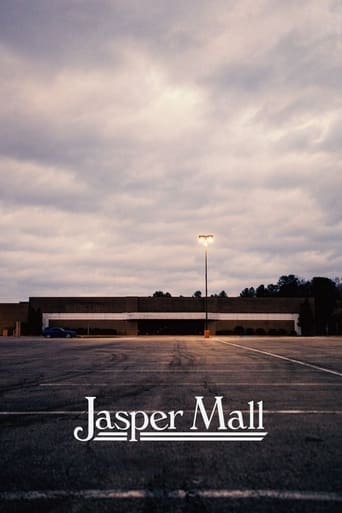
24 Jan 2020

Jasper Mall
A year in the life of a dying shopping mall.
A young boy plays an accordion in a shopping mall. Béla Tarr picks up the camera one more time to shoot his very last scene. It is his anger about how refugees are treated in Europe, and especially in Hungary, that drove him to make a statement.
Himself

24 Jan 2020

A year in the life of a dying shopping mall.
08 May 2022
Four friends tired of protests are thinking about another way to shake up capitalist society. Driven by fiction, they decide to blow up a Brussels shopping center. How to think the attack? What roles do they need to play in order to imagine taking action? Is their friendship reconcilable with such a radical act?
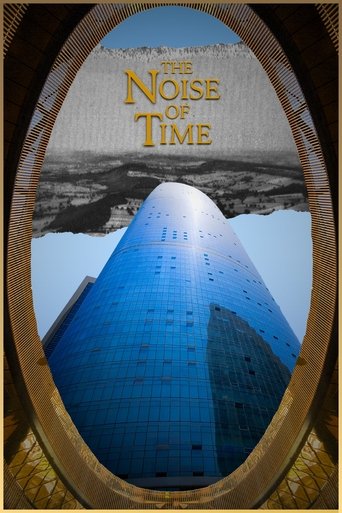
27 Jun 2024

In the town of Xoco, the spirit of an old villager awakens in search of its lost home. Along its journey, the ghost discovers that the town still celebrates its most important festivities, but also learns that the construction of a new commercial complex called Mítikah will threaten the existence of both the traditions and the town itself.
11 Mar 2007
A serious docu-comedy about the commercialization of Christmas. What Would Jesus Buy? follows Reverend Billy and the Church of Stop Shopping Gospel Choir as they go on a cross-country mission to save Christmas from the Shopocalypse: the end of mankind from consumerism, over-consumption and the fires of eternal debt!
06 Jun 1982
A CBS report showcasing how malls have changed our country in the last 25 years. From our way of life, to our way of thinking.
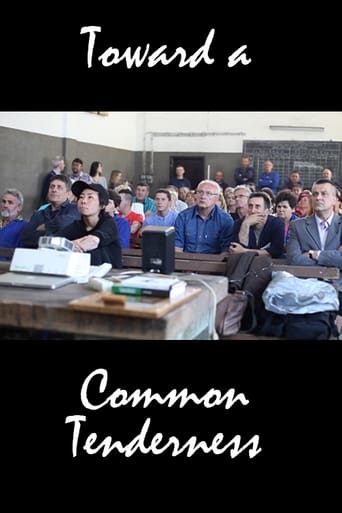
01 Oct 2017

Moments in the life of a young Japanese filmmaker in Bosnia, charged with acoustic and visual poetry. Buoyant and essayistic entries in a process of self- and world-reassurance.
06 Mar 2004
A Eurovision singer, Iceland's strongest woman, a male model, a plumber who wants to direct movies. They all work in the shopping mall that this documentary focuses on ... most of them want to get out, even just to the bigger mall down the road.
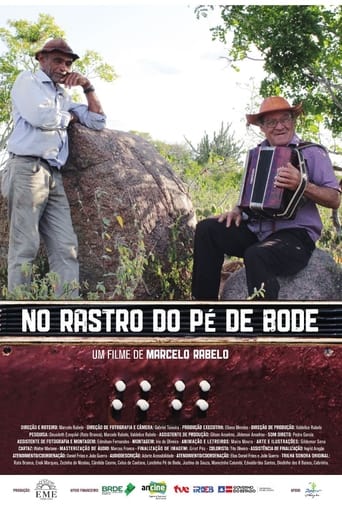
18 Mar 2024

An old Brazilian musician, Rato Branco, seeks out the old masters of the 8-bass sanfona in the backlands of Bahia to recover the secrets and traditional touches of the Pé de Bode, as this sanfona is known in northeastern Brazil. The film recounts the friendship between the master Rato Branco and the great musicians of the sertão, revealing the musical memory of this region.
10 May 2011
In this exciting documentary you'll join a small team to the Bosnian city of Visoko. They've heard of a man called Semir 'Sam' Osmanagich. He claims to have discovered huge old pyramids, a vast network of underground tunnels and an ancient tumulus. For four and a half days he guided our team around, in search of proof of his claims. The Bosnian Indiana Jones, as Osmanagich is nicknamed, promised to show our camera crew the best places. So it would be definitive once and for all that there really are pyramids in the Bosnian Visoko valley. But are there? Or is it the biggest hoax in history?
23 Aug 2014
Nearly 20 years since the end of the 1992-95 Bosnian war, there are people who still live in refugee Centers, usually located on the outskirts of cities and villages. In such centers what should have been temporary has become indefinite. Collecting medicinal herbs or scraps from nearby coal mines and raising children who were born as refugees in their own country are just some aspects of the monotonous daily life of the people in Ježevci.

19 Jan 1989

The largest leisure and shopping complex in Europe, the Metro Centre in Tynemouth, and its creator John Hall.
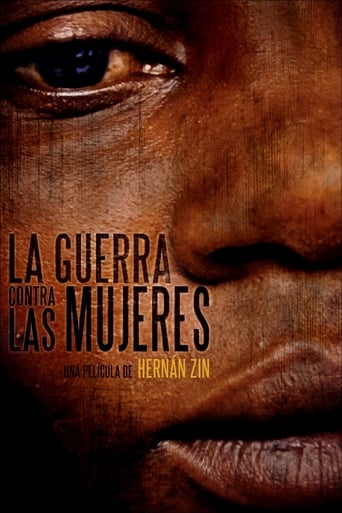
22 Nov 2013

Sexual violence against women is a very effective weapon in modern warfare: instills fear and spreads the seed of the victorious side, an outrageous method that is useful to exterminate the defeated side by other means. This use of women, both their bodies and their minds, as a battleground, was crucial for international criminal tribunals to begin to judge rape as a crime against humanity.
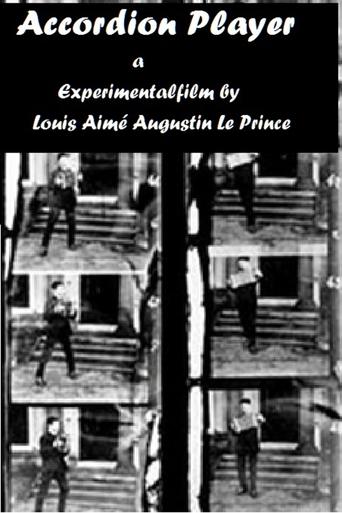
01 Jan 1888

The last remaining film of Le Prince's LPCCP Type-1 MkII single-lens camera is a sequence of frames of his son, Adolphe Le Prince, playing a diatonic button accordion. It was recorded on the steps of the house of Joseph Whitley, Adolphe's grandfather.
01 Jan 1993
Six composers work on a composition to be performed in a shopping mall.
01 Jan 2010
Combining nostalgia, dazzling architecture, pop culture, economics and politics, MALLS R US examines North America's most popular and profitable suburban destination-the enclosed shopping center-and how for consumers they function as a communal, even ceremonial experience and, for retailers, sites where their idealism, passion and greed merge. The film blends archival footage tracing the history of the shopping mall in America, visits to some of the world's largest and most spectacular malls-in Canada, the U.S., the U.K., Japan, Poland, France, and Dubai-and interviews with architects, mall developers, sales managers, environmentalists, labor activists and social critics, as well as commentary from mall shoppers themselves.
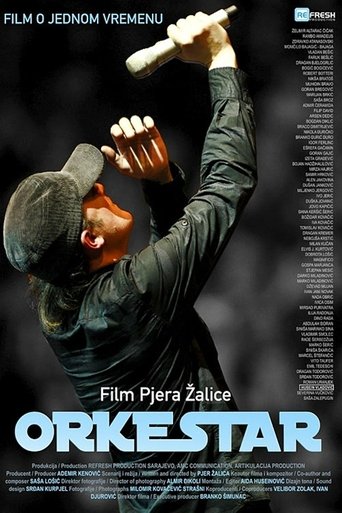
23 Jul 2011

Story about Plavi orkestar (Blue Orchestra), a pop band from Sarajevo who were one of the biggest pop sensations in the 1980s Yugoslavia.
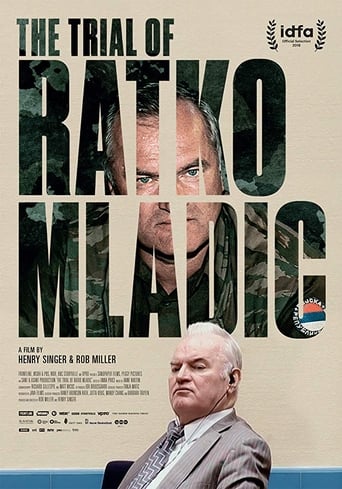
18 Nov 2018

The war crimes trial of Ratko Mladic, accused of masterminding the murder of over 7000 Muslim men and boys in Srebrenica in the 90s Bosnian war, the worst crime in Europe since WW2.
23 Aug 2013
Emir Kusturica views himself as a rock musician and believes that he became a world-famous filmmaker by pure chance, as he shoots his movies only in between concert tours with the “No Smoking Orchestra” band. At these little pinpoints of time he gets “Palms d’Or” at Cannes, “Golden Lions” in Venice, builds his own villages, a power plant and a piste and regrets not becoming a professional football player. Kusturica’s own living is very much similar to his movies, where shoes are polished with cats, death is treated like a story from tabloid press, and life is a miracle...
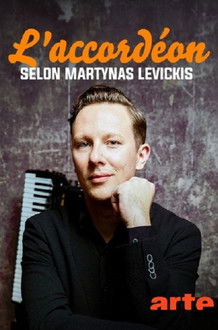
10 Nov 2024

For him, the accordion is like a box in which you can get an entire orchestra in order to always have it on your own. Dynamic portrait of the gifted and charismatic accordionist Martynas Levickis.

11 Aug 2017

Following the 2001 terrorist attacks on New York City, one item of clothing has gained a scandalous global reputation: the headscarf. All over the world, a major debate is going on about whether Muslim women should be allowed to wear the headscarf in public.